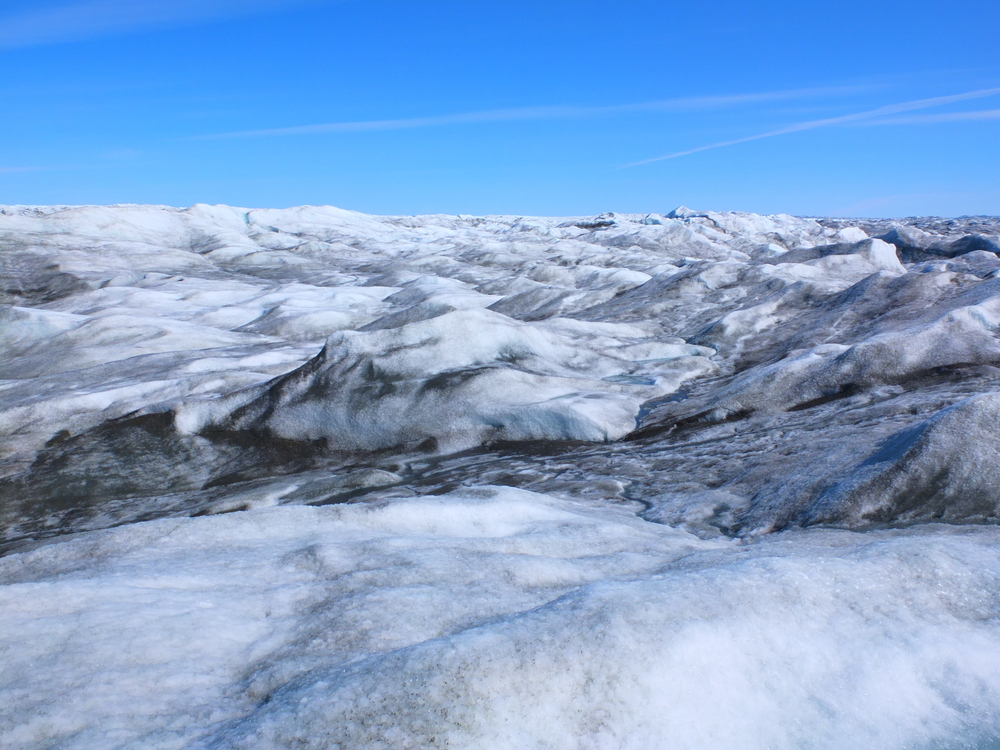
Former ice sheets occupying Scandinavia and North America left numerous landforms on today’s surface that witness of their hydrological system underneath them. However, most landforms have, so far, never been observed under contemporary ice sheets – not least because they are relatively small and buried under kilometer thick ice. A team of scientists led by the Université libre de Bruxelles (ULB, Belgium) and the Bavarian Academy of Sciences (Germany) have now discovered an active hydrological system of water conduits and sediment ridges below the Antarctic ice sheet. Their study reveals that the scale of these subglacial features is five times bigger than those seen in today’s deglaciated landscapes. The newly discovered, oversized sediment ridges actively shape the ice hundreds kilometers downstream, by carving deep incisions at the bottom of the ice. This is of interest for the stability of the floating ice shelves, as numerous studies show that ice shelf thinning has major consequences for ice sheet stability.
Subglacial conduits form under large ice sheets as part of their basal hydrological system. These tunnels have a typical diameter of several meters to tens of meters, and they funnel the subglacial melt water towards the ocean. However, new geophysical observations by the Laboratoire de Glaciologie of the ULB show that these conduits widen considerably the closer they come to the ocean. A new mathematical model explains this widening with the vanishing overburden pressure at the location where the ice becomes afloat on the ocean.
As the conduits widen, the outflow velocity of the subglacial water decreases, which leads to increased sediment deposition at the conduit’s portal. Over thousands of years, this process builds up giant sediment ridges – comparable in height with the Eiffel tower – below the ice. Active sedimentation in subglacial water conduits seems to drive the formations of Eskers – elongated ridges of gravel which are commonly observed today in areas where former ice sheets have retreated. However, the remainders of today’s Eskers are considerably smaller in size than those now discovered in Antarctica.
Giant conduits that can sap the ice from below
The evolving sediment ridges leave scars at the bottom of the ice as the ice flows over them. These scars are transmitted to the floating ice shelves farther downstream forming ice-shelf channels. Ice in these channels is up to half as thin as their surroundings, making them a weak spot when exposed to melting from the warmer ocean. It was originally thought that ice-shelf channels are carved by melting due to the ocean only, but this seems only part of the story: “Our study shows that ice-shelf channels can already be initiated on land, and that
the size of the channels significantly depends on sedimentation processes occurring over hundreds to thousands of years” indicates Reinhard Drews, lead author of the study.
The novel link between the subglacial hydrological system, sedimentation, and ice-shelf stability, offers new opportunities to unravel key processes beneath the Antarctic ice sheet, and also improves our ability to reconstruct the ice-sheet extent in the Northern Hemisphere during the last ice ages.




